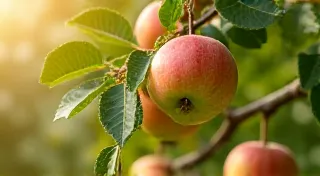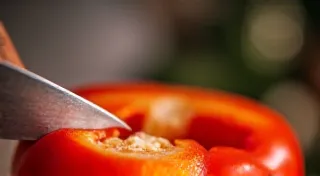The Salt of Perspective: Finding Truth in Critical Evaluation
The hiss of escaping steam, the rhythmic rasp of a bellows, the mournful, yet somehow joyous, wail of a vintage accordion – these are sounds that transport me. Not just to another place, but to a different frame of mind. For years, I’d considered myself a primarily visual person, drawn to the precision of knife skills and the beauty of a perfectly plated dish. But it was the restoration of a battered, early 20th-century accordion that truly shifted my perspective. It taught me something profound about discerning nuance, something that resonates far beyond the kitchen and into the realm of critical evaluation – of food, of art, and of oneself.
My journey with the accordion began, unsurprisingly, with a recipe. I was attempting a complex French sauce, hopelessly over-salting it in my usual, slightly frantic, style. My mentor, a chef with decades of experience etched onto his face, simply raised an eyebrow and said, "You're missing the salt of perspective." It wasn't about adding more salt, he explained, it was about understanding *why* the flavor was unbalanced. It was about recognizing the subtle contributions of each ingredient, and appreciating how they interacted.
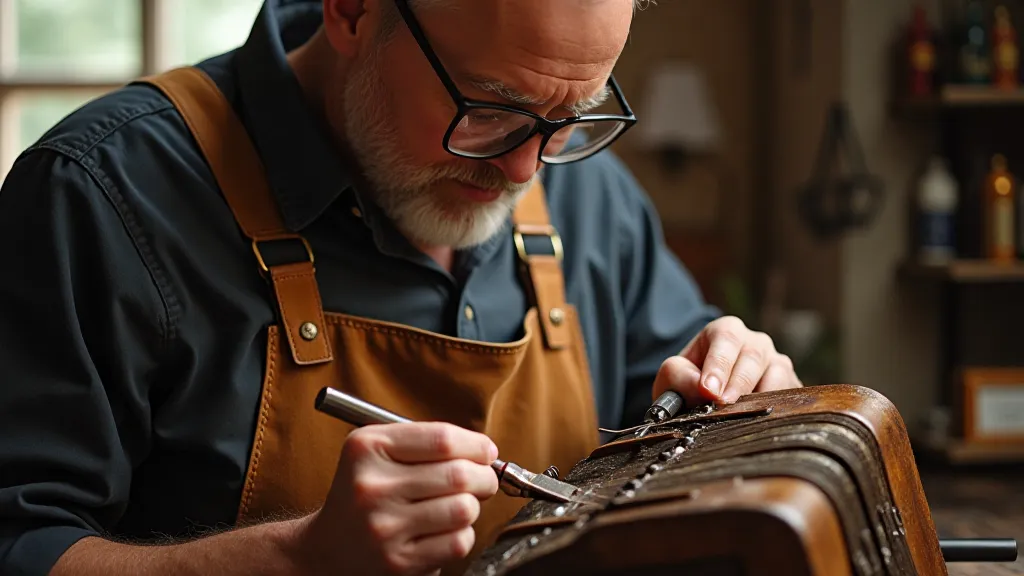
That phrase stayed with me. Later, while browsing an antique shop, I stumbled upon a neglected accordion, its bellows cracked, its keys sticky, its once-lustrous finish dulled with grime. It called to me. It seemed to embody that lack of perspective, that imbalance. I bought it, intending simply to learn more about its construction. Little did I know, the accordion would teach me more than any cookbook ever could.
The Echoes of a Master’s Hand
Restoring an accordion isn’s merely a mechanical task. It's an archaeological dig, a conversation with the past. Each component – the meticulously hand-shaped reeds, the precisely crafted keys, the intricately folded bellows – speaks of a dedication and skill that feels almost alien in our era of mass production. The accordion's history is a fascinating tapestry woven from European folk traditions, the immigrant experience in America, and the rise of popular music. Think of the Parisian street performers, the polka bands of the Midwest, the romantic melodies played in cafes across the globe. Each accordion holds these echoes within its frame.
The process of restoration demanded meticulous observation. To truly repair the bellows, I had to understand not only their physical structure, but also the forces at play that caused them to fail – the repeated expansion and contraction, the subtle shifts in humidity, the accumulated wear. It was akin to a chef analyzing a sauce; recognizing the individual ingredients, understanding their roles, and identifying the point where the balance was lost. A slightly off-key note on the accordion, like a single grain of sand in a delicate pastry, can ruin the entire experience.
Seeing Beyond the Surface
The same principle applies to critical evaluation, whether it’s assessing a dish, a piece of writing, or even one’s own work. Too often, we become trapped in a superficial assessment, focusing on immediate impressions and neglecting the deeper complexities. A mediocre meal might be dismissed simply as "bland," without considering the potential for subtle flavor combinations that were overlooked. A poorly written sentence might be condemned as “bad” without analyzing the grammatical errors or exploring the underlying lack of clarity.
Consider a writer striving for authenticity. Early drafts are often riddled with flaws – clunky phrasing, inconsistent voice, underdeveloped characters. But a truly discerning critic doesn't simply point out these errors. They look beyond the surface imperfections to identify the underlying potential, the flicker of genuine insight struggling to emerge. Just as a seasoned accordion repairer searches for the core integrity of a damaged instrument, a skilled critic seeks the essence of a piece of art.
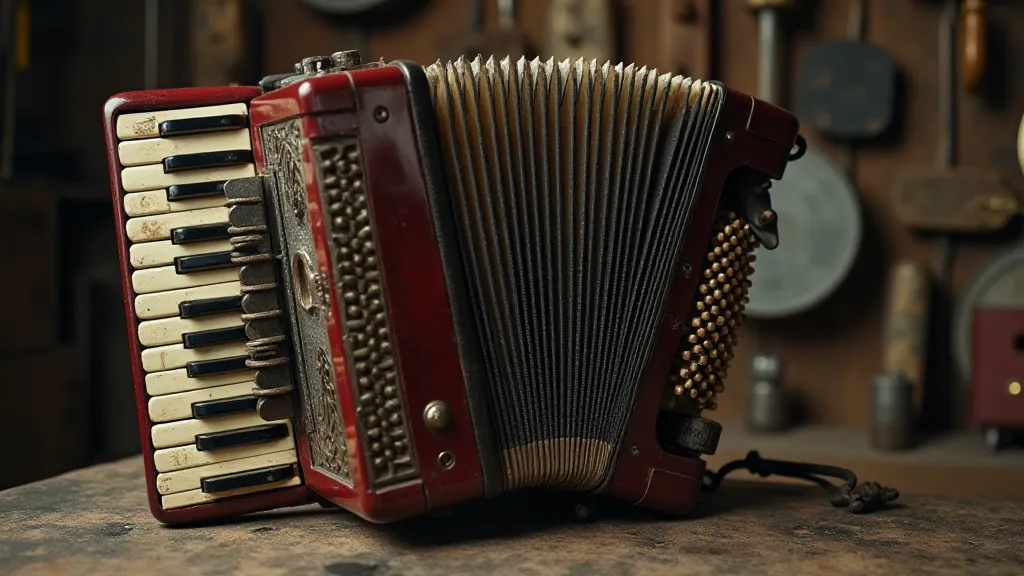
This act of critical assessment isn't easy. It requires a willingness to suspend judgment, to delve into the intricacies of the creation, and to understand the context in which it was made. It demands empathy – the ability to see the world through the eyes of the creator, to appreciate the challenges they faced, and to recognize the effort they invested.
The Resonance of Imperfection
Ironically, the most valuable lessons often come from acknowledging imperfection. The restored accordion, for all my efforts, will never be quite the same as it was originally. Some scars remain – a slight rattle in the bellows, a subtly altered tone on a single reed. But these imperfections, far from detracting from its beauty, add to its character. They tell a story of resilience, of survival, of a journey through time.
Similarly, in culinary arts, a slight variation in seasoning or technique isn’t necessarily a failure. It can be an opportunity to discover a new flavor profile, to refine a technique, to personalize a recipe. A perfectly executed dish isn't about achieving flawless uniformity; it's about embracing the subtle nuances that make each creation unique.
The ability to discern the salt of perspective—that crucial balance of critical assessment and empathetic understanding—is not solely a skill honed in the kitchen or a workshop. It’s a lens through which we can view the world, appreciating the complexities, recognizing the imperfections, and celebrating the unique beauty that lies within each creation – and within ourselves.
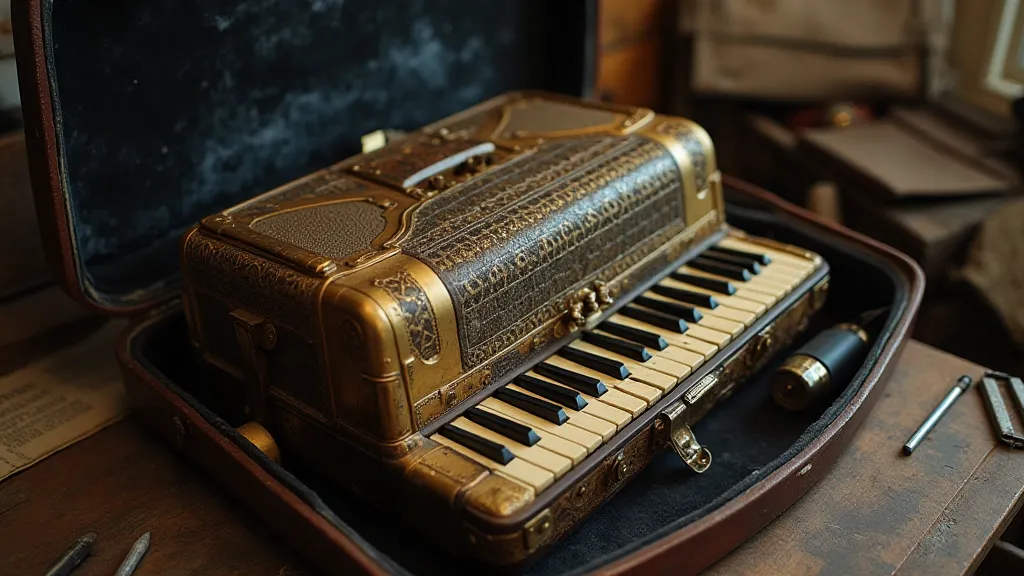
The next time I'm struggling with a recipe or facing a difficult piece of writing, I’m reminded of that battered accordion. I'm reminded to listen beyond the surface noise, to appreciate the subtle details, and to find the balance – the salt of perspective – that brings clarity and beauty to the entire composition.
